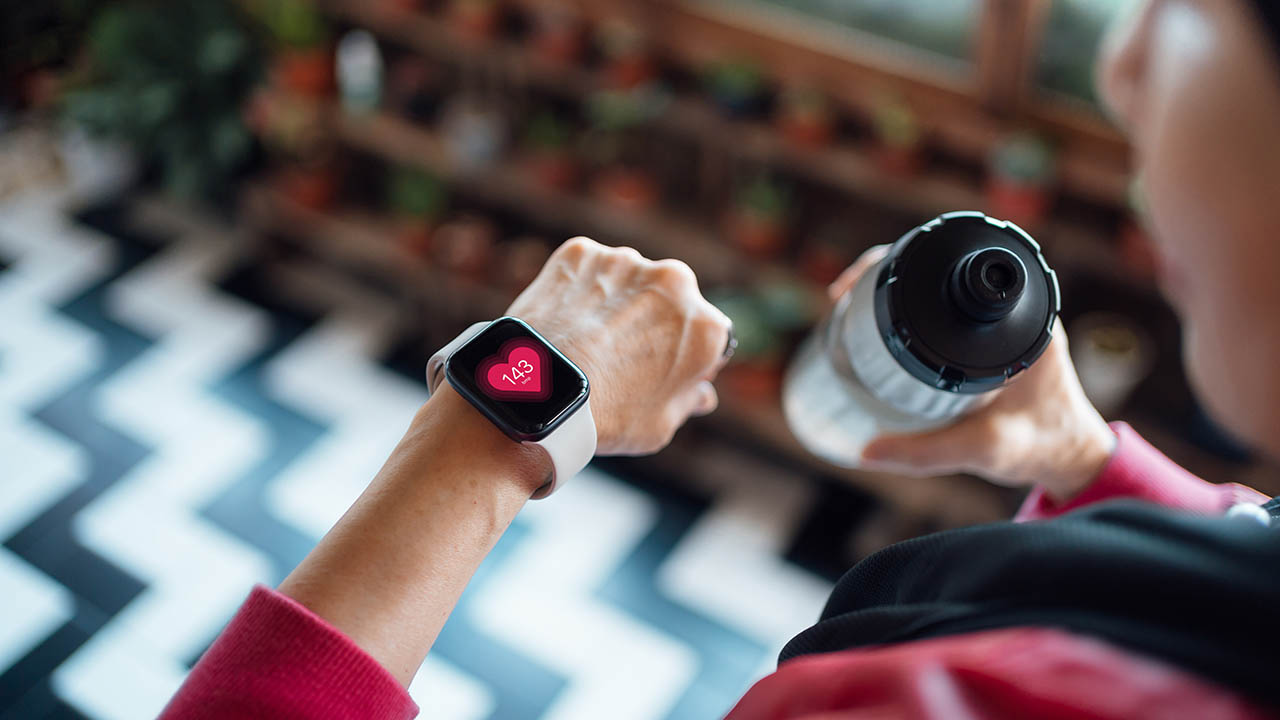Revolutionizing with wearable tech
 CREDIT: ASIAVISION
CREDIT: ASIAVISIONHow beneficial is your Fitbit for improving your health and wellness?
In the age of digital innovation, the world of fashion is no longer confined to fabrics and designs alone. It has expanded into the realm of technology, with wearables that offer both style and functionality. From wristbands that monitor your sleep patterns to athletic shoes that double as fitness trackers, and even watches that serve as miniature computers, wearable tech is transforming the way we interact with our clothing and accessories.
In today’s health-conscious society, fitness tracking wristbands have gained immense popularity which has become an integral part of many people’s daily routines. These devices, exemplified by brands like Fitbit and Garmin, have become essential tools for individuals aiming to maintain an active lifestyle. Fitbit boasts a wide range of fitness trackers that monitor steps, sleep quality, heart rate, and more.
Sleep is also a vital component of overall well-being. Wearable wristbands have revolutionized the way we understand our sleep habits. They use advanced sensors to track sleep cycles, providing insights that help users improve their sleep quality overtime. According to a report by Statista, the global wearable fitness technology industry was valued at $30.4 billion in 2020, highlighting the widespread adoption of these devices.
Athletic shoes have also gone high-tech with the integration of fitness monitoring capabilities. Leading sportswear companies like Under Armour and Nike have embraced the wearable tech trend. Smart shoes are equipped with sensors and connectivity features that collect data on your stride, cadence, and foot pressure. This data assists athletes and fitness enthusiasts and can help reduce the risk of injury. Smart shoes provide real-time feedback to users through smartphone apps, enabling them to make immediate adjustments to improve their athletic performance.
Lucas Fernandino, fitness coordinator at Fanshawe College said these devices can be useful for those looking for feedback on their fitness.
“If you use the Apple Watch, it has a lot of features for strength training, CrossFit, training for running, for rowing, indoor rowing, outdoor rowing, running…walking,” Fernandino said.
The wristwatch, meanwhile, has evolved from a timekeeping device into a powerful mini-computer. Brands like Apple, Samsung, and Garmin offer a wide range of smartwatches that not only tell time but also allow users to make calls, send messages, track fitness, and access a plethora of applications. Smartwatches have become essential tools for maintaining connectivity without the need for a separate smartphone. This trend has reshaped the way we communicate and stay informed. In 2020, Apple reported selling over 30 million units of its Apple Watch, emphasizing the growing demand for smartwatches.
Fernandino said that Apple Watch’s feature to track your heart rate is incredibly helpful for those looking to manage their health and wellness.
“There’s a sensor under the watch that gives feedback and monitor’s your heart rate,” he said. “It is more connected to your body, they provide feedback on your stability, better ways to move weights a little bit more smoothly, it is more of internal feedback.”
Fernandino said that the watch can also offer ideas for your athletic activities like, training, running, and the time you’re doing the exercise. It can count your distance and guide you on your exercise behaviour and the number of calories you should be burning doing this exercise.
Fernandino warned however that this technology can sometimes lead to individuals feeling over-confident, which can occasionally lead to injury.
The future of wearables
One of the most exciting developments in wearable technology is the emergence of smart glasses. Companies like Google with Project Glass and Microsoft with HoloLens are pioneering the development of glasses that overlay digital information into the real world. These devices can function as hands-free computers, GPS navigation tools, and even augmented reality gaming platforms.
As technology continues to advance, the wearable market is expected to grow exponentially. Innovations like flexible displays, improved battery life, and enhanced sensors will further enhance the capabilities of these devices. Additionally, ethical and privacy concerns surrounding the collection and use of personal data by wearables will continue to be issues of concerns for discussion and regulation.
The fusion of fashion and technology has given rise to new era of wearables that seamlessly blend style with functionality. Whether its wristbands tracking our health, athletic shoes enhancing our performance, smartwatches connecting us to the digital world, or smart glasses augmenting our reality, these innovations are reshaping the way we live, work, and play. As technology continues to evolve, wearable tech is likely to become an even more integral part of our daily lives, blurring the lines between fashion and function.














